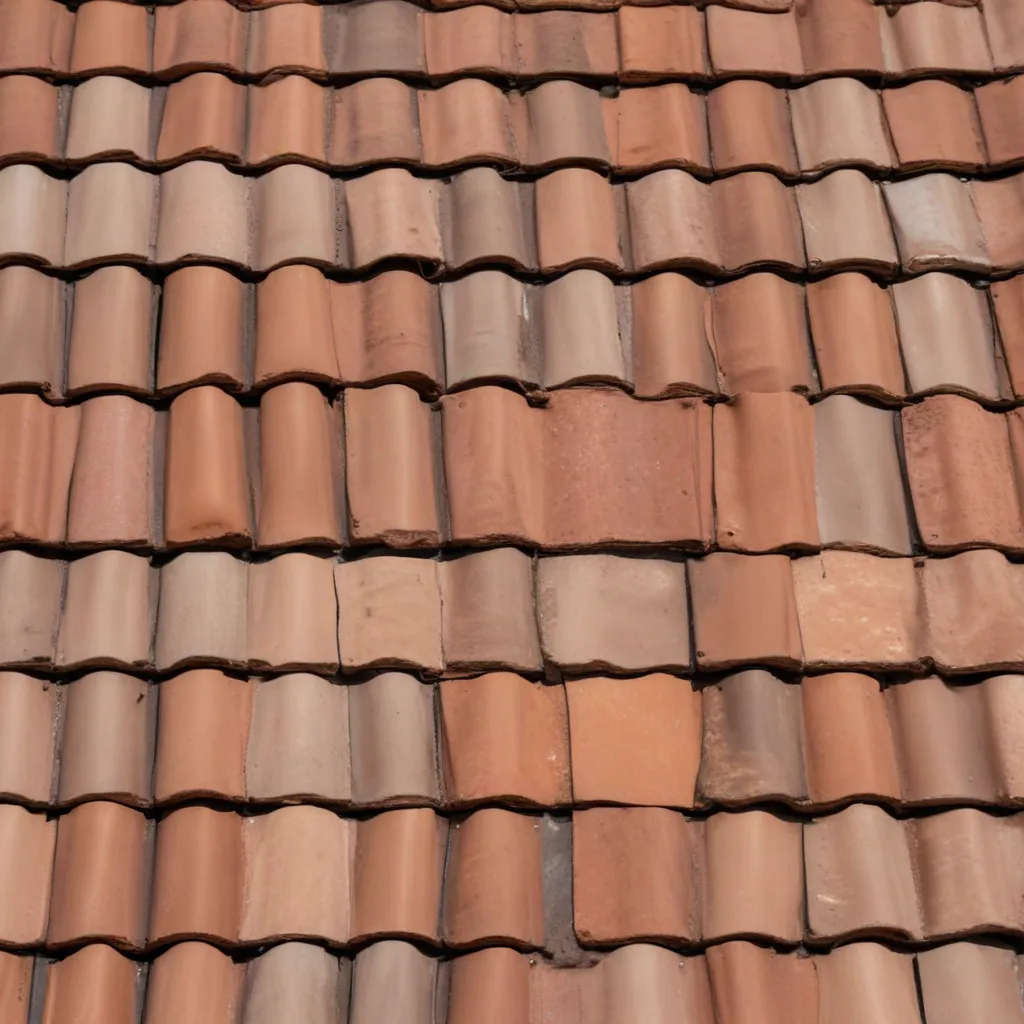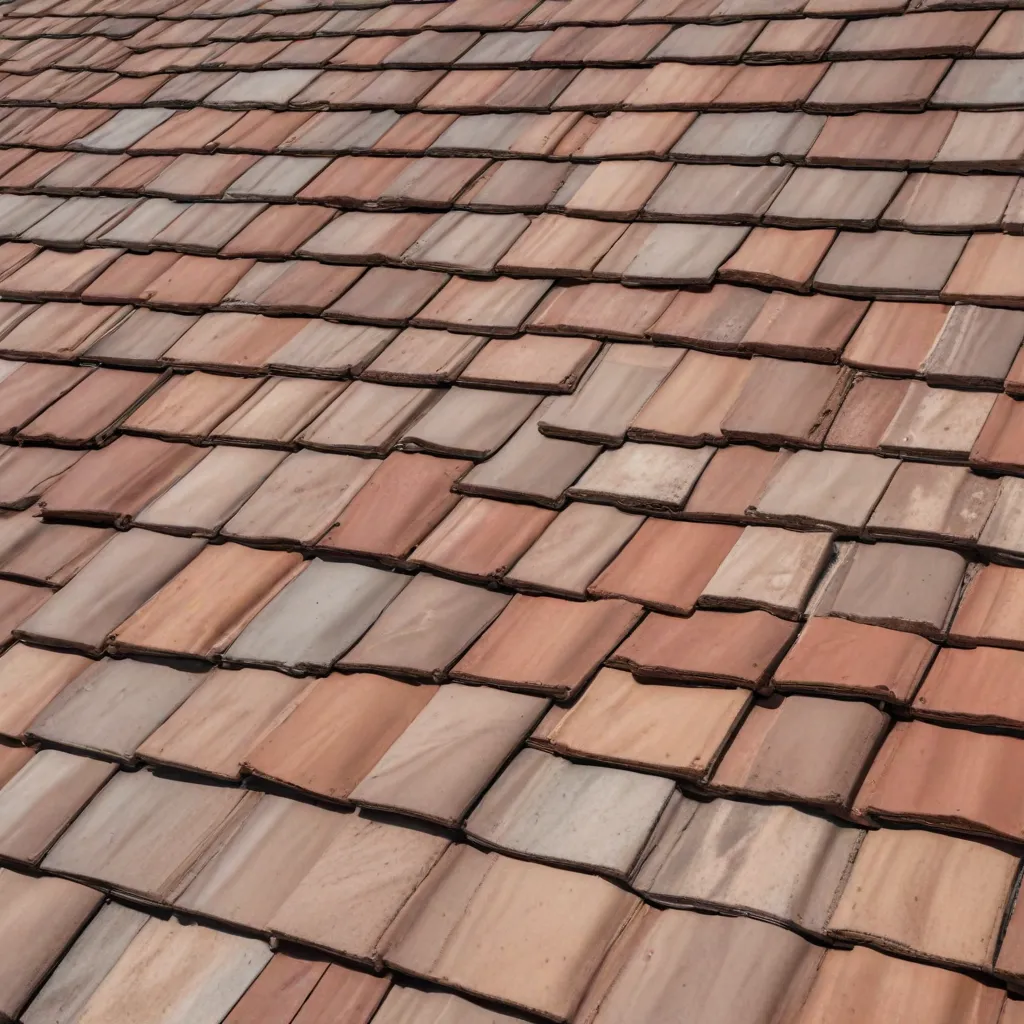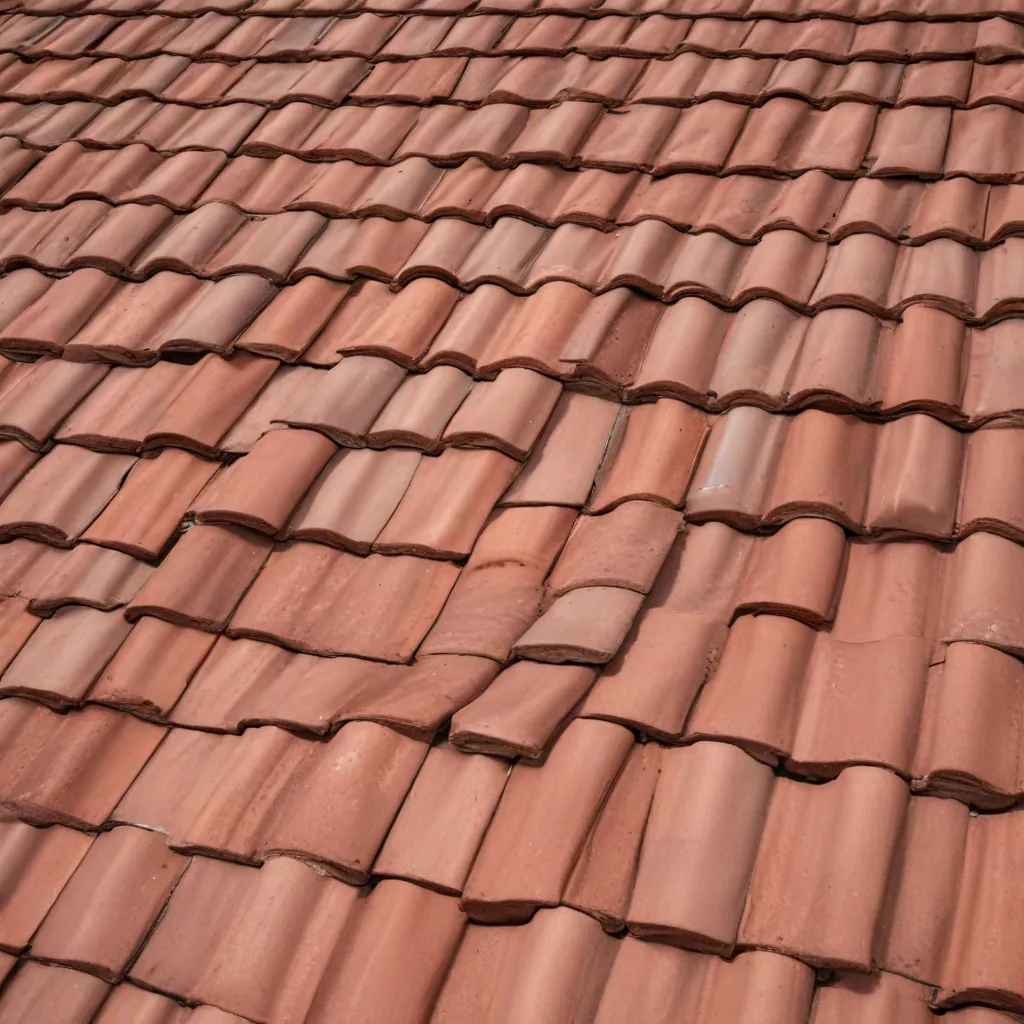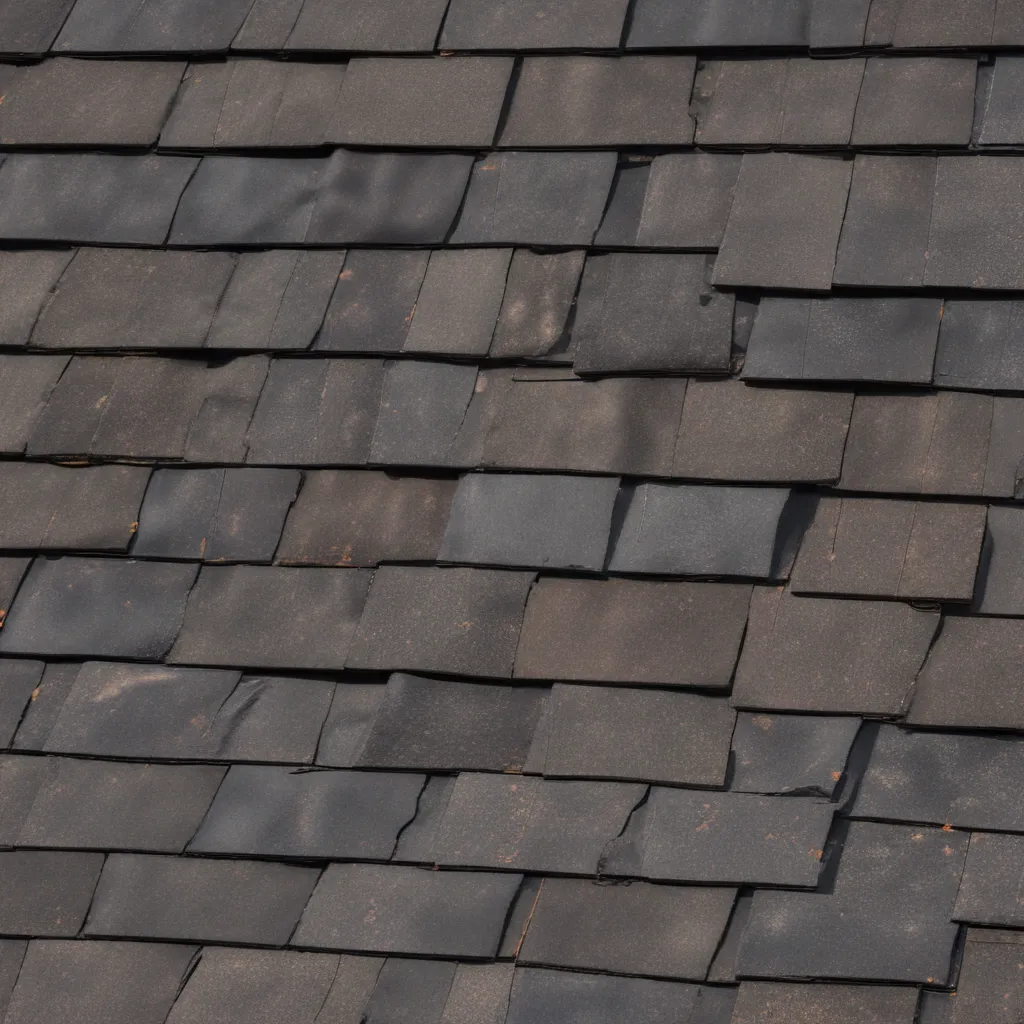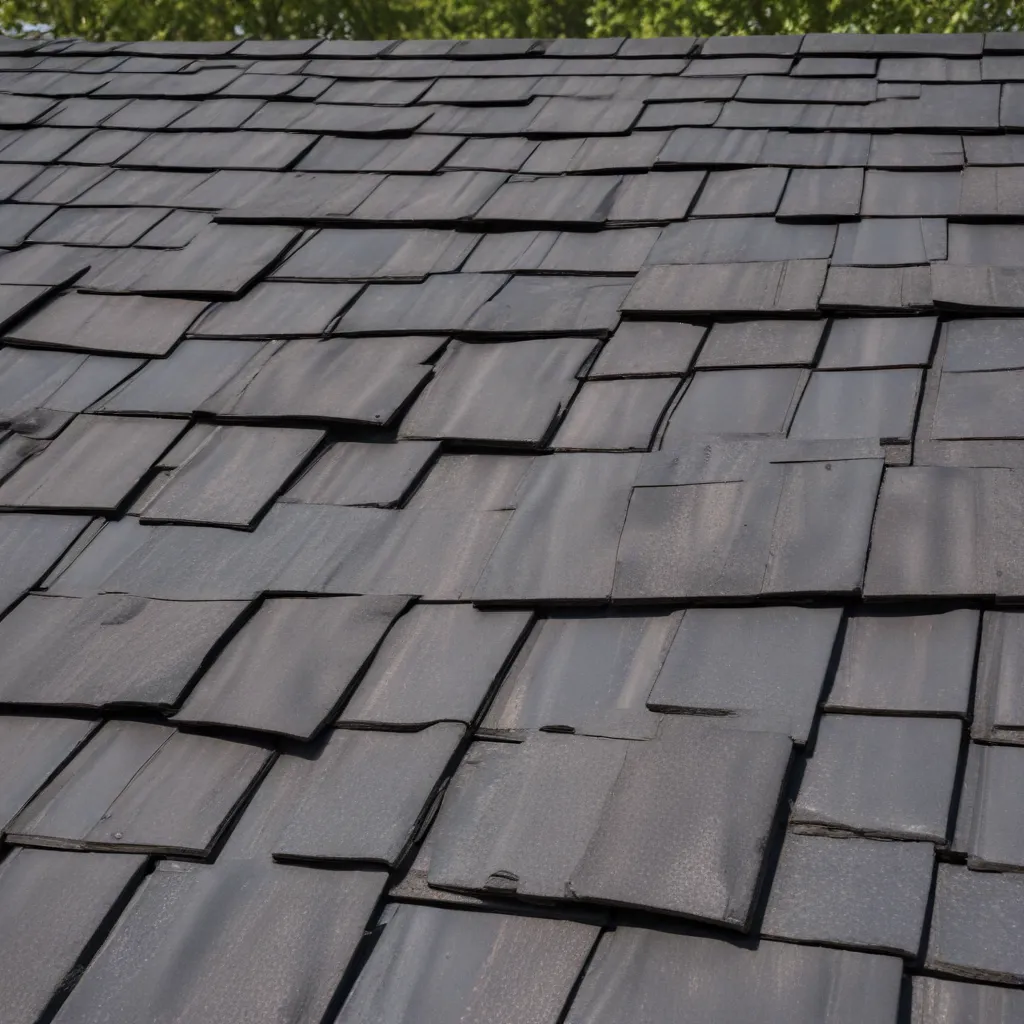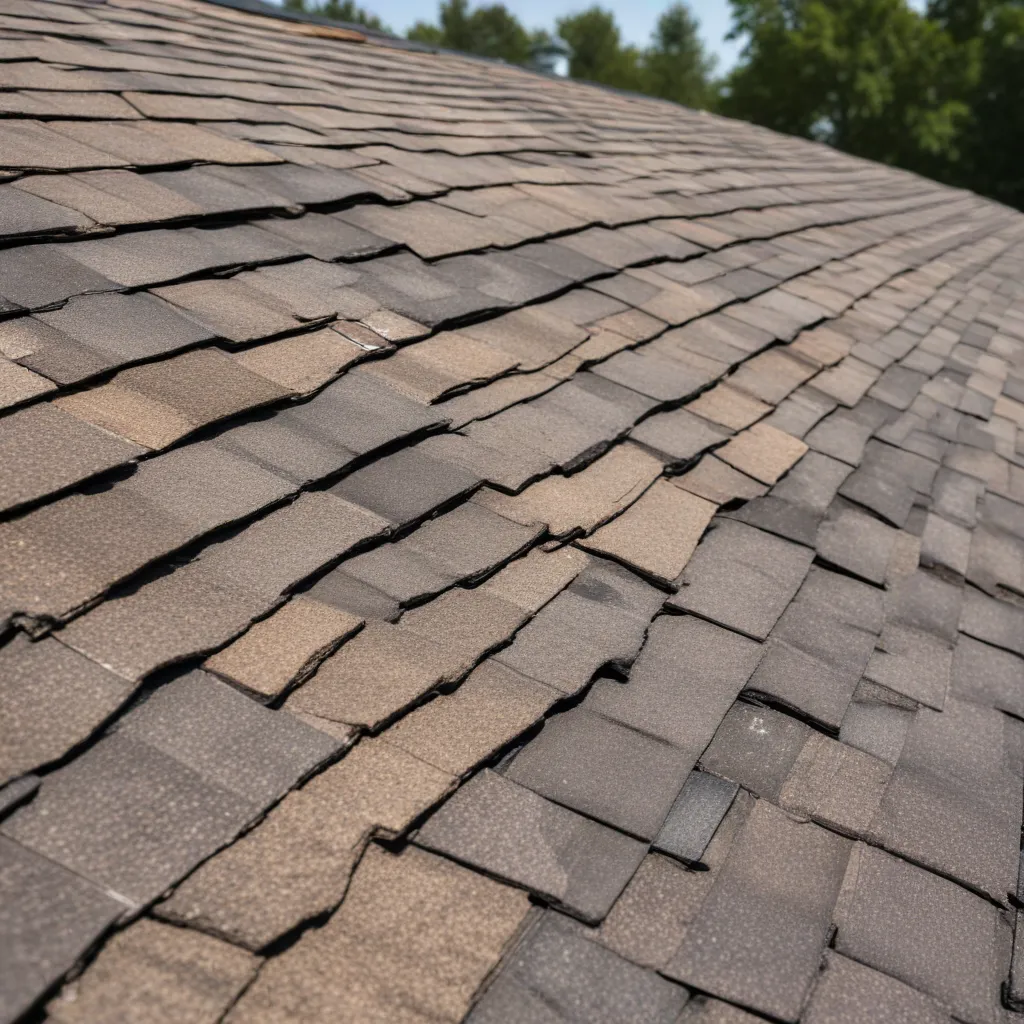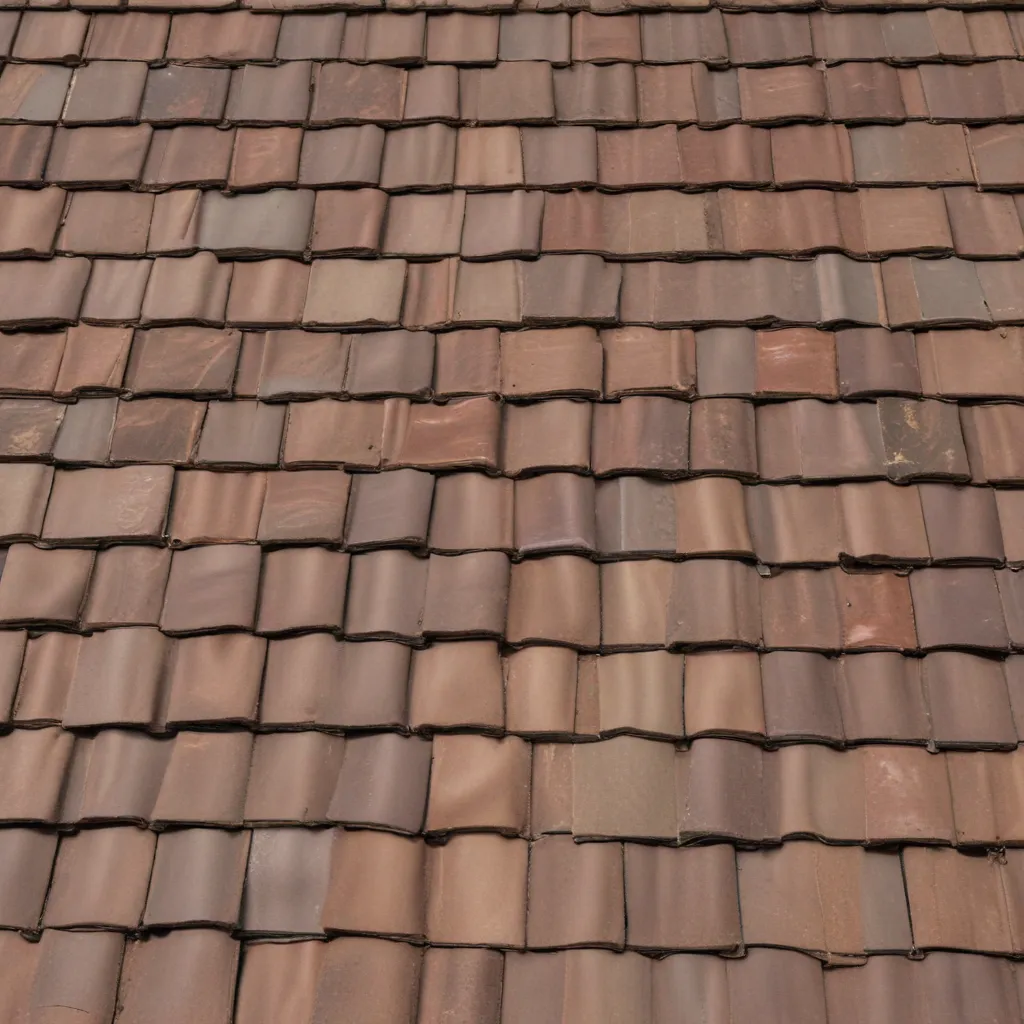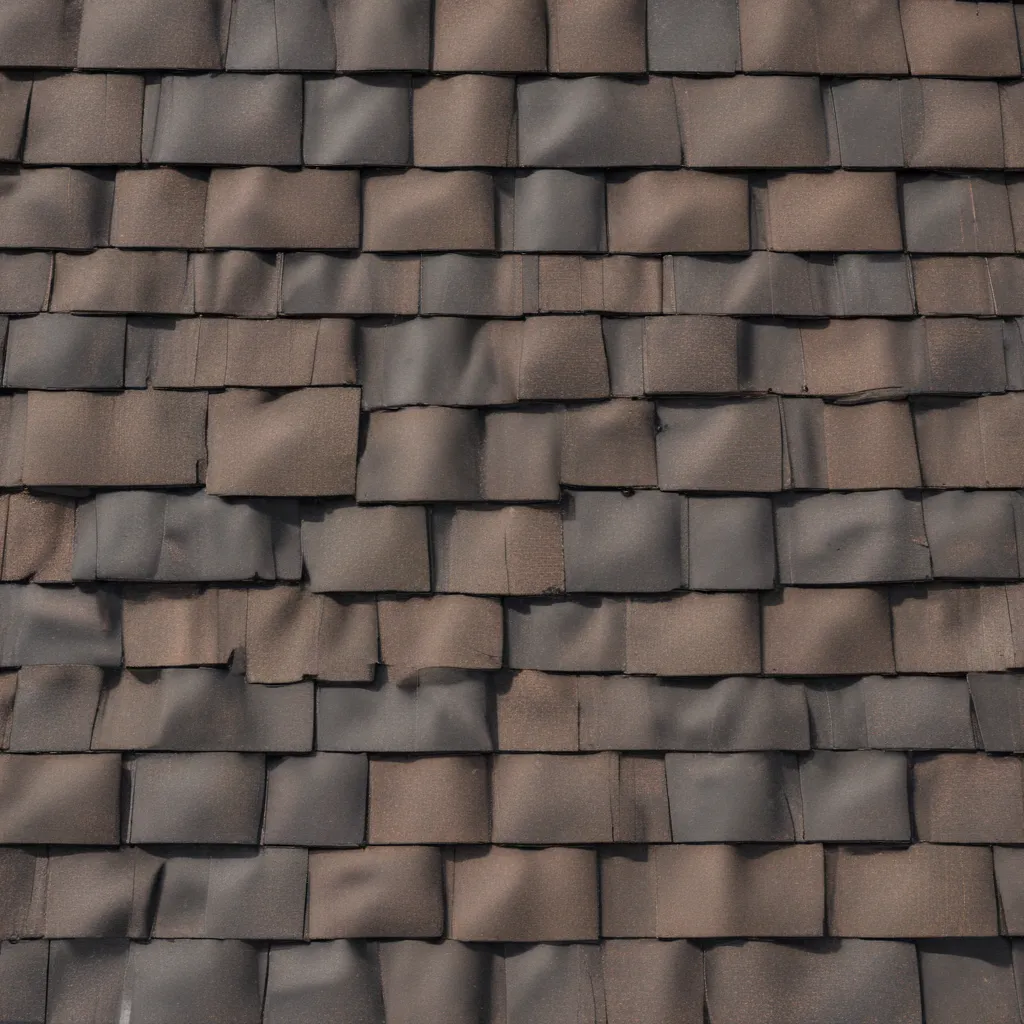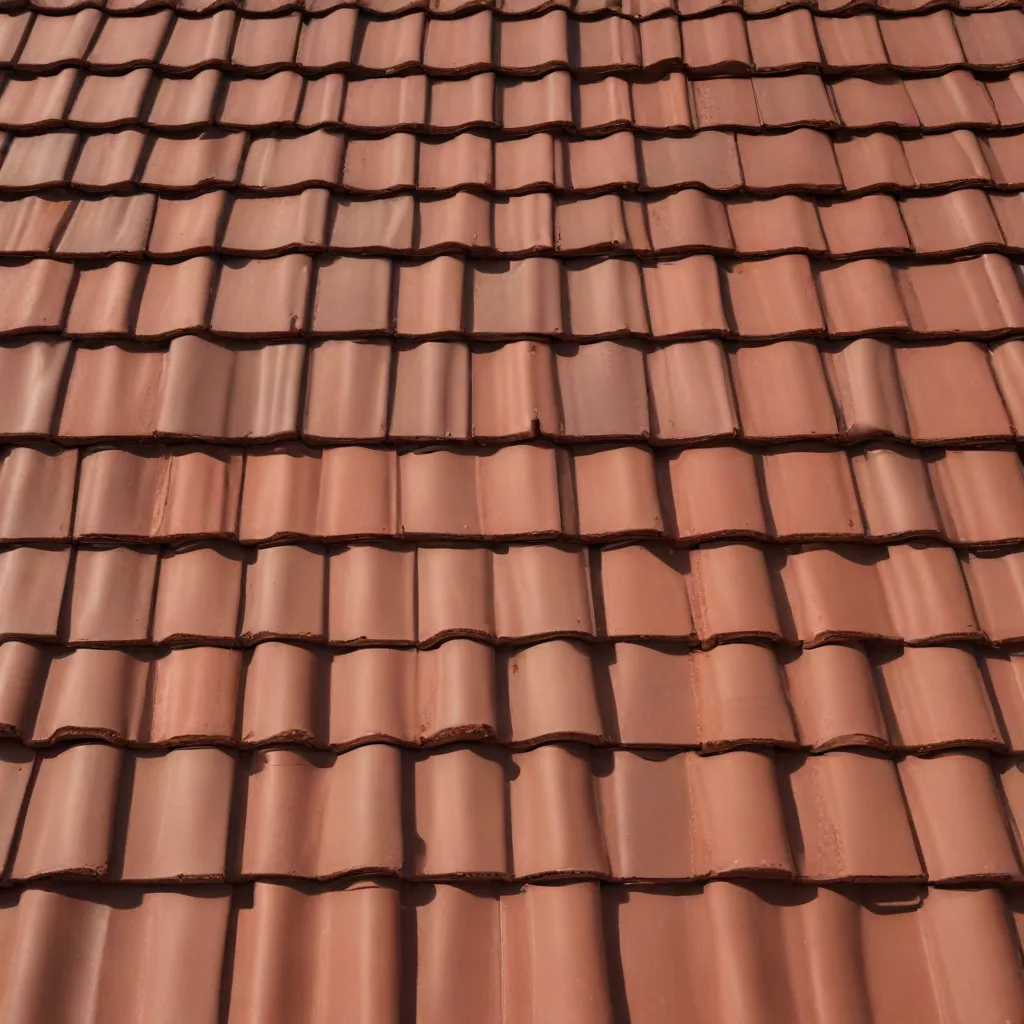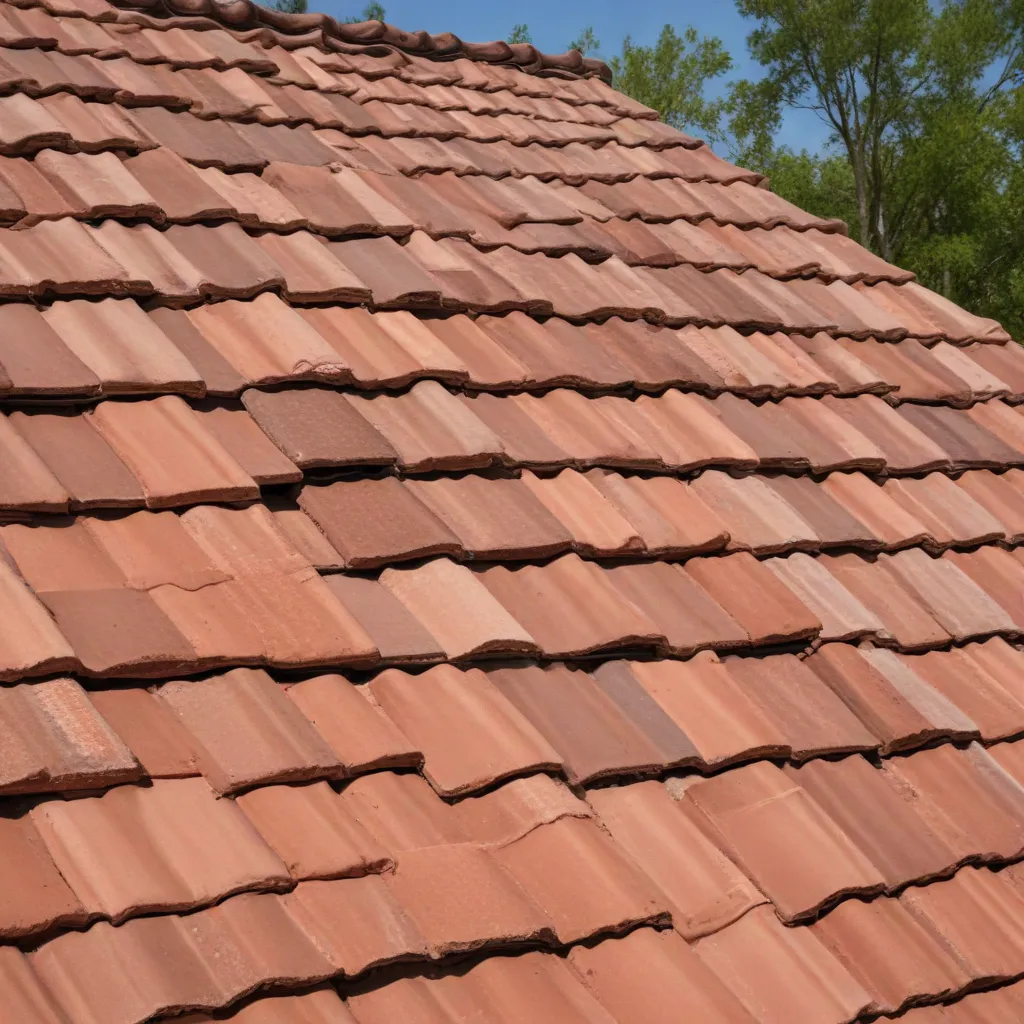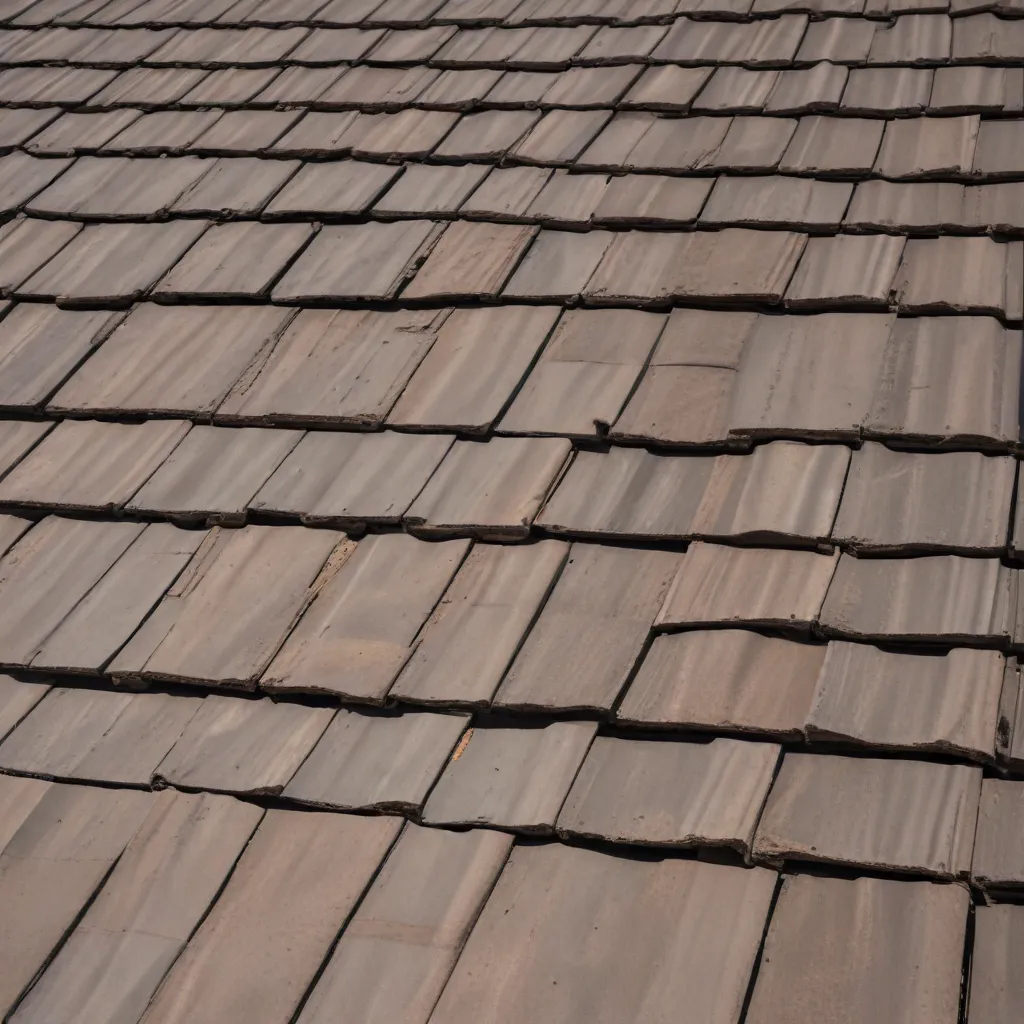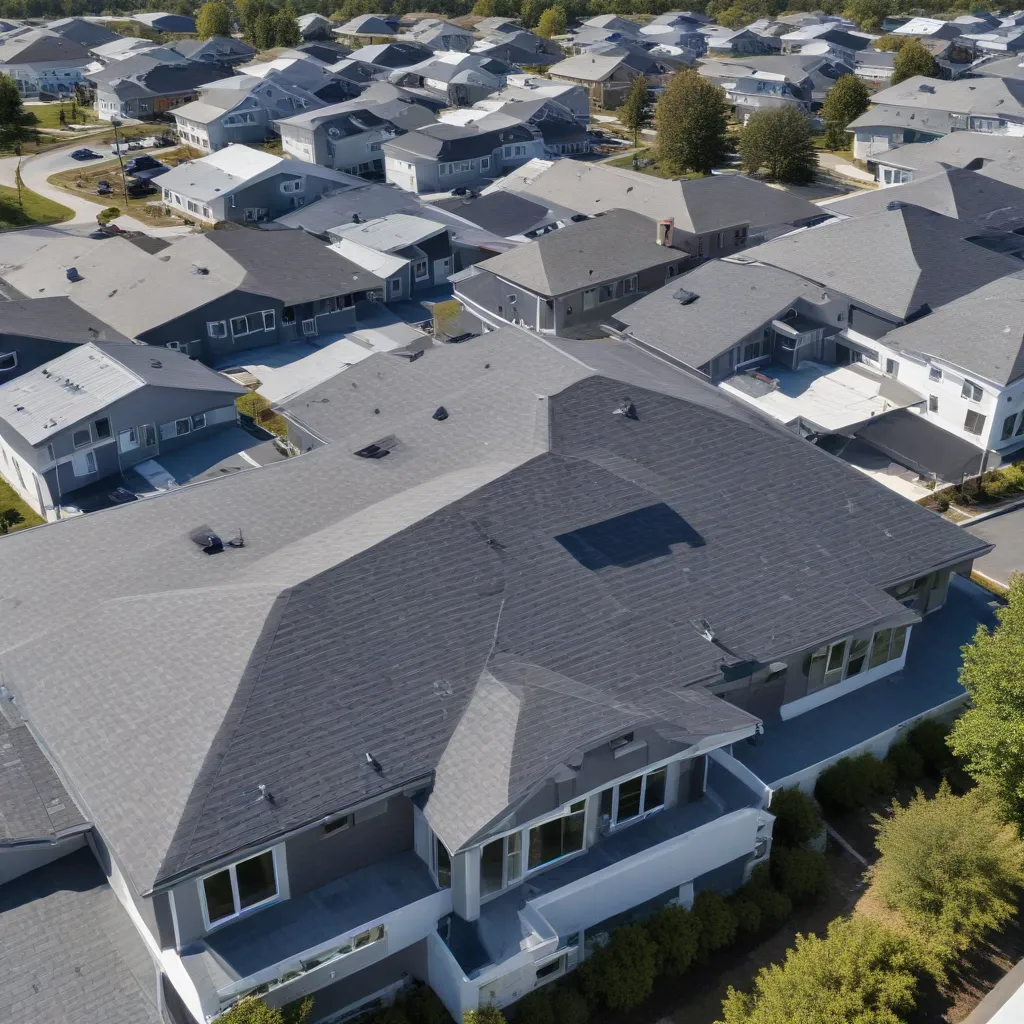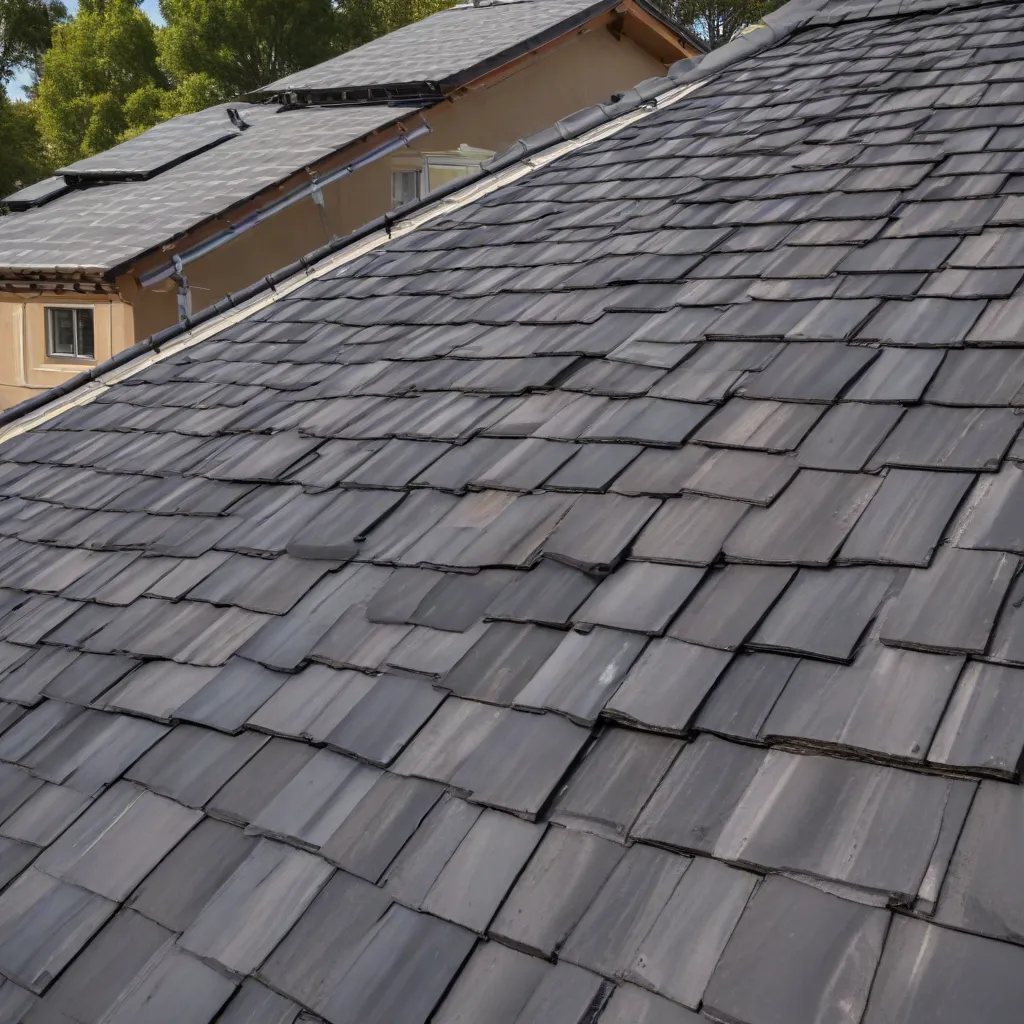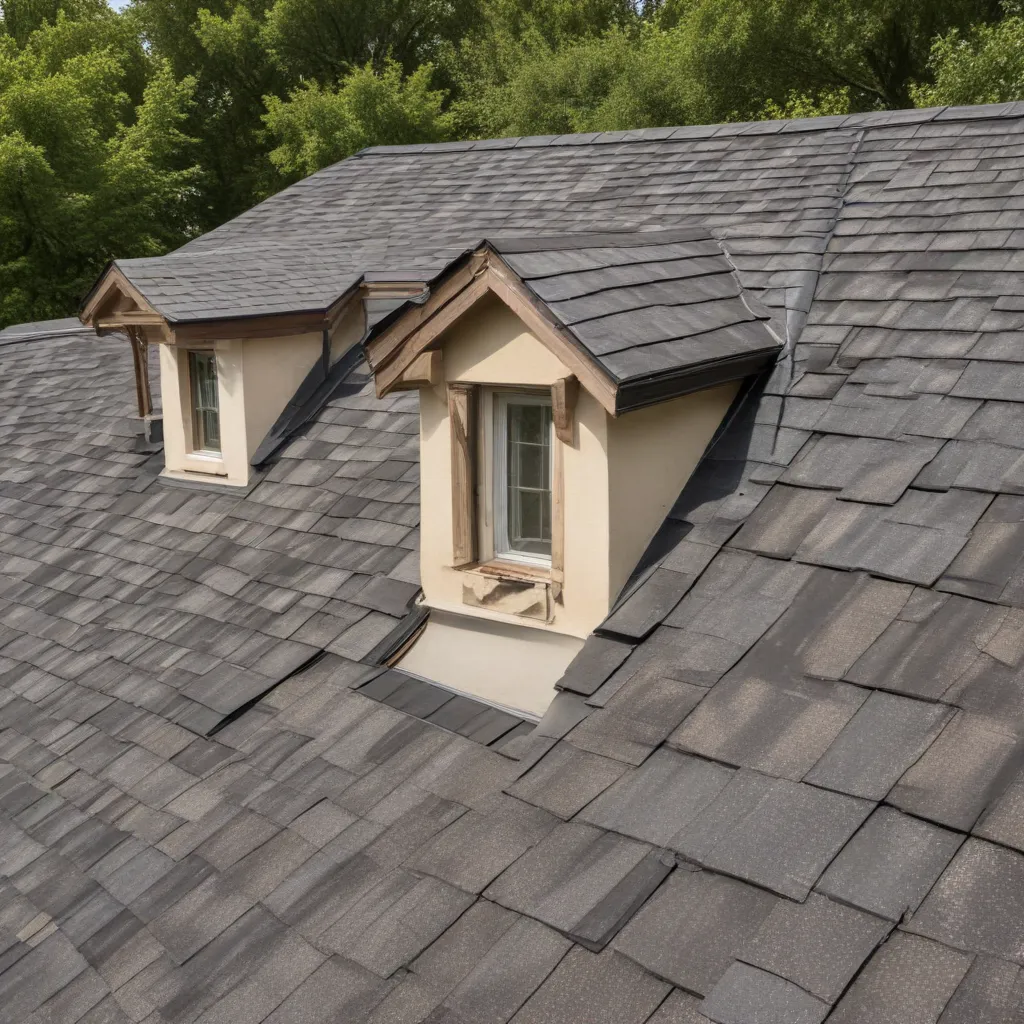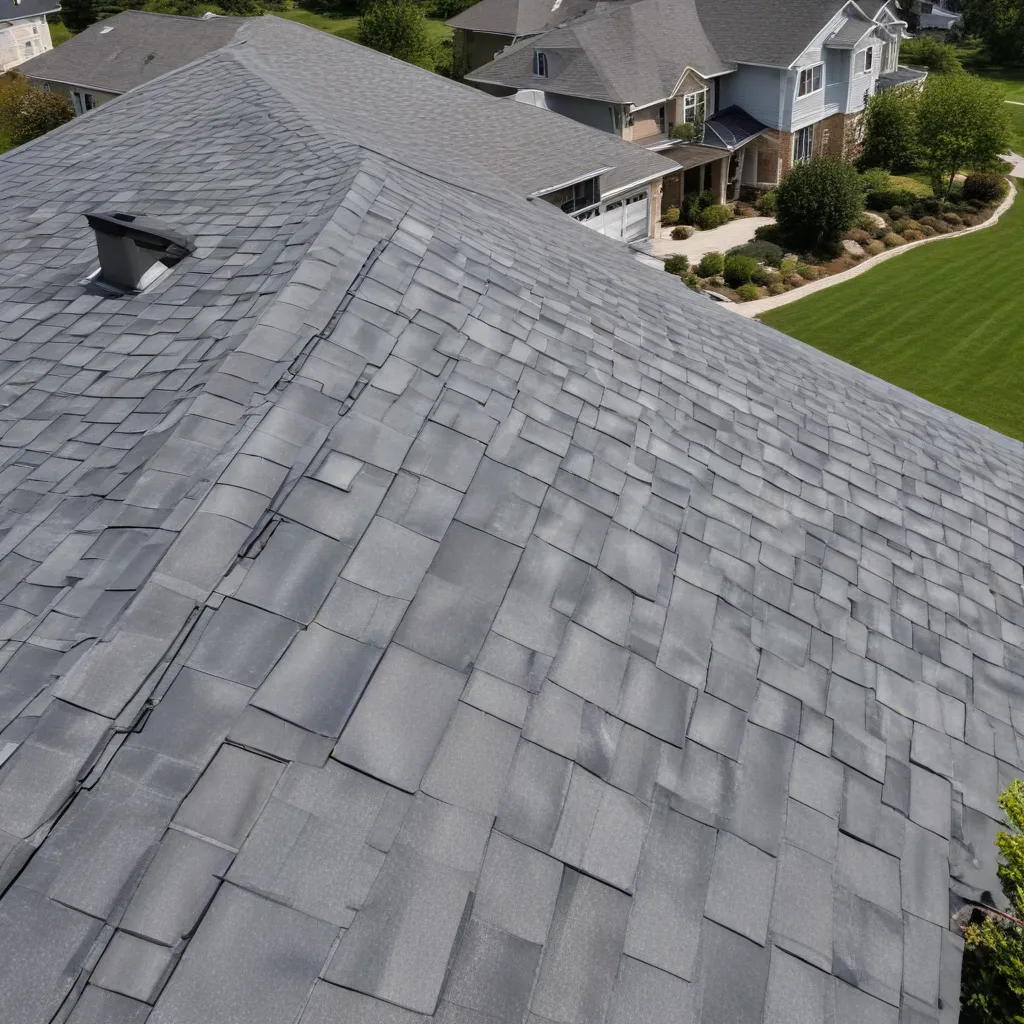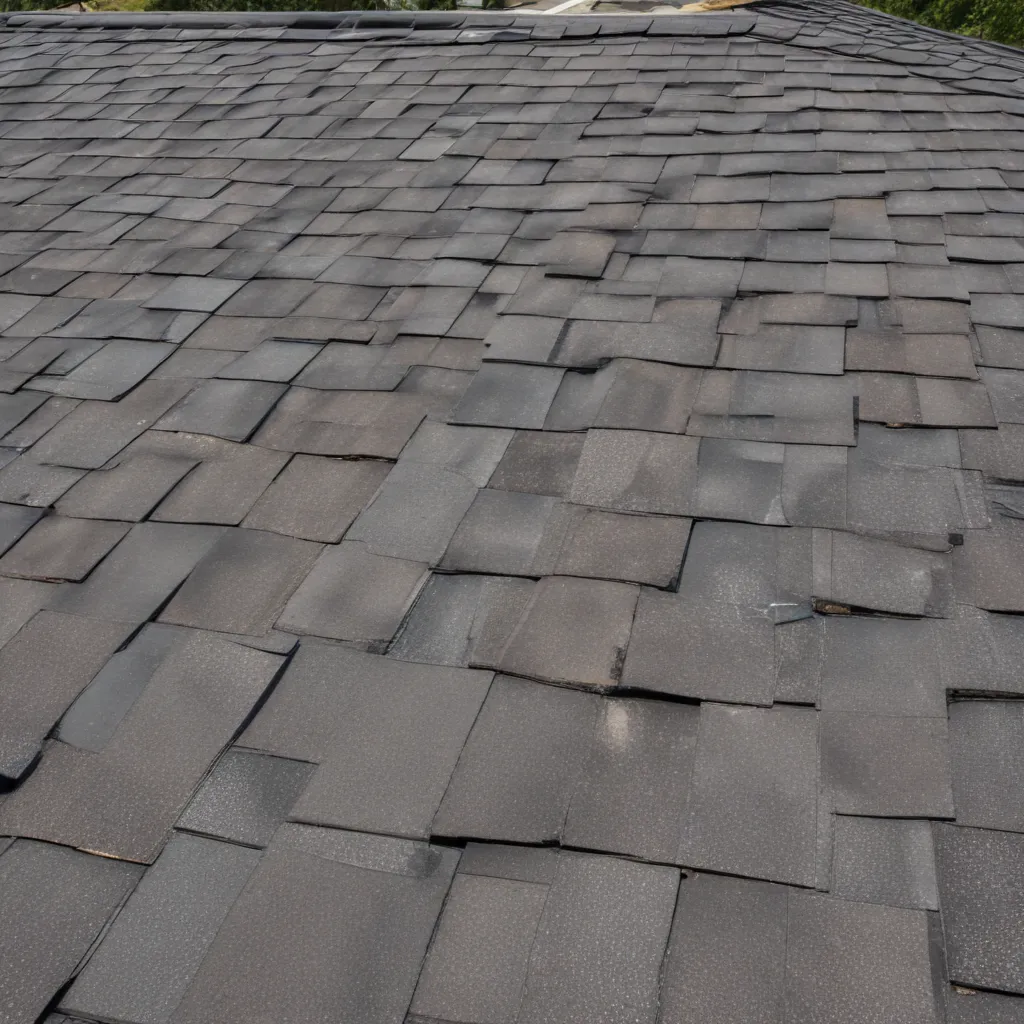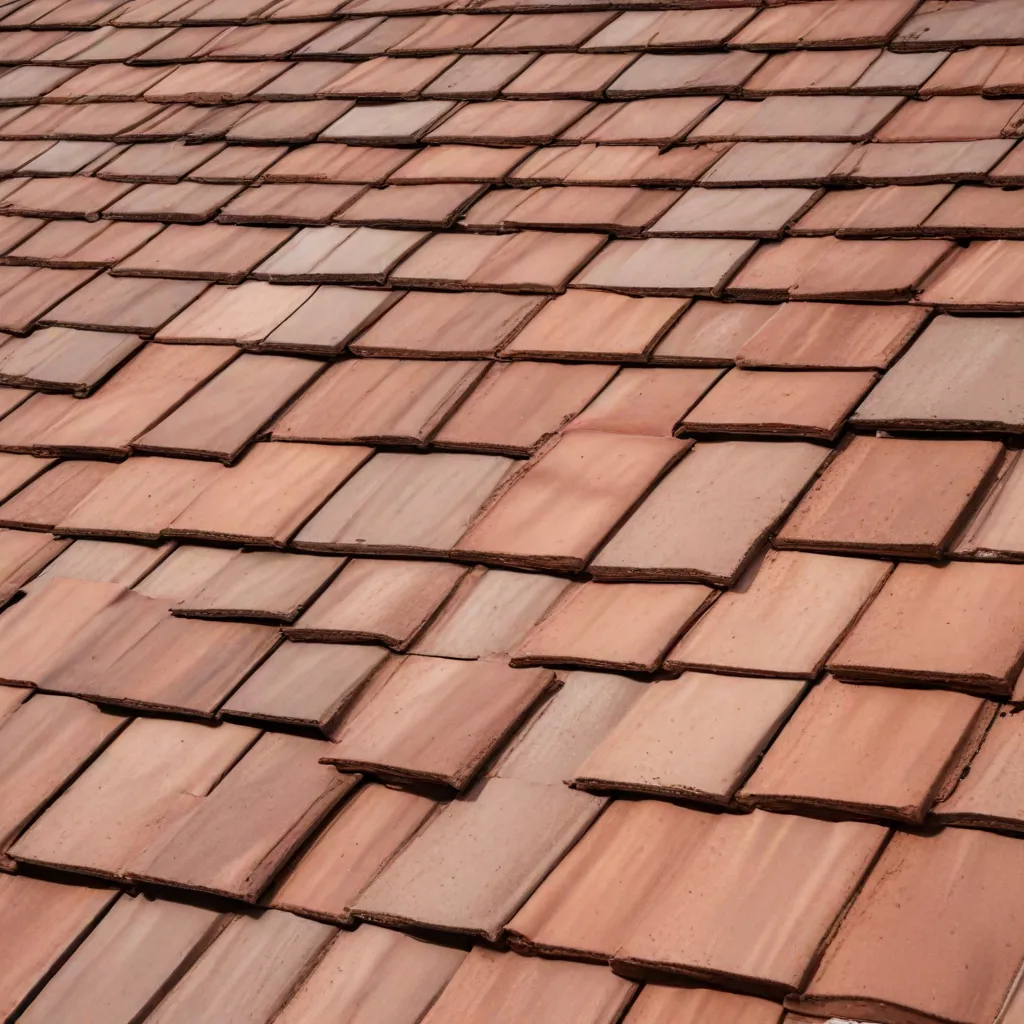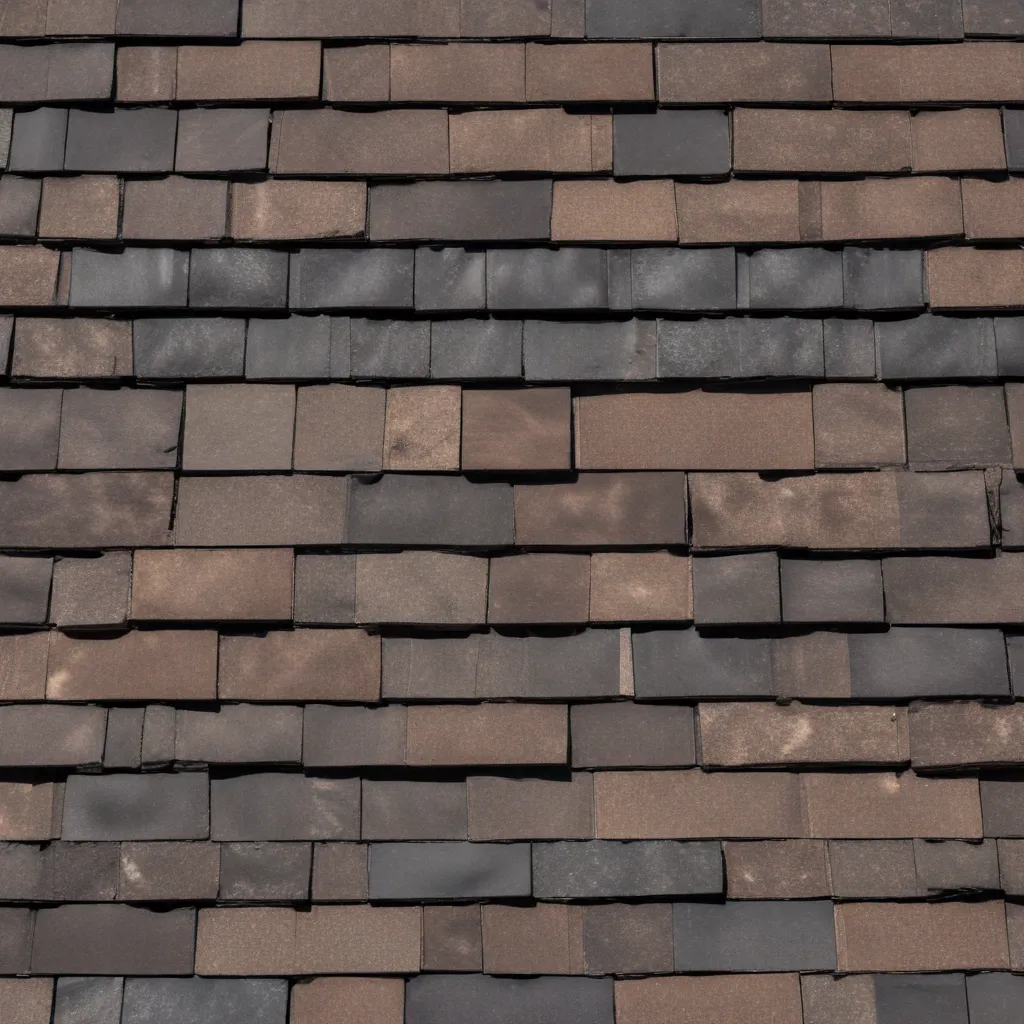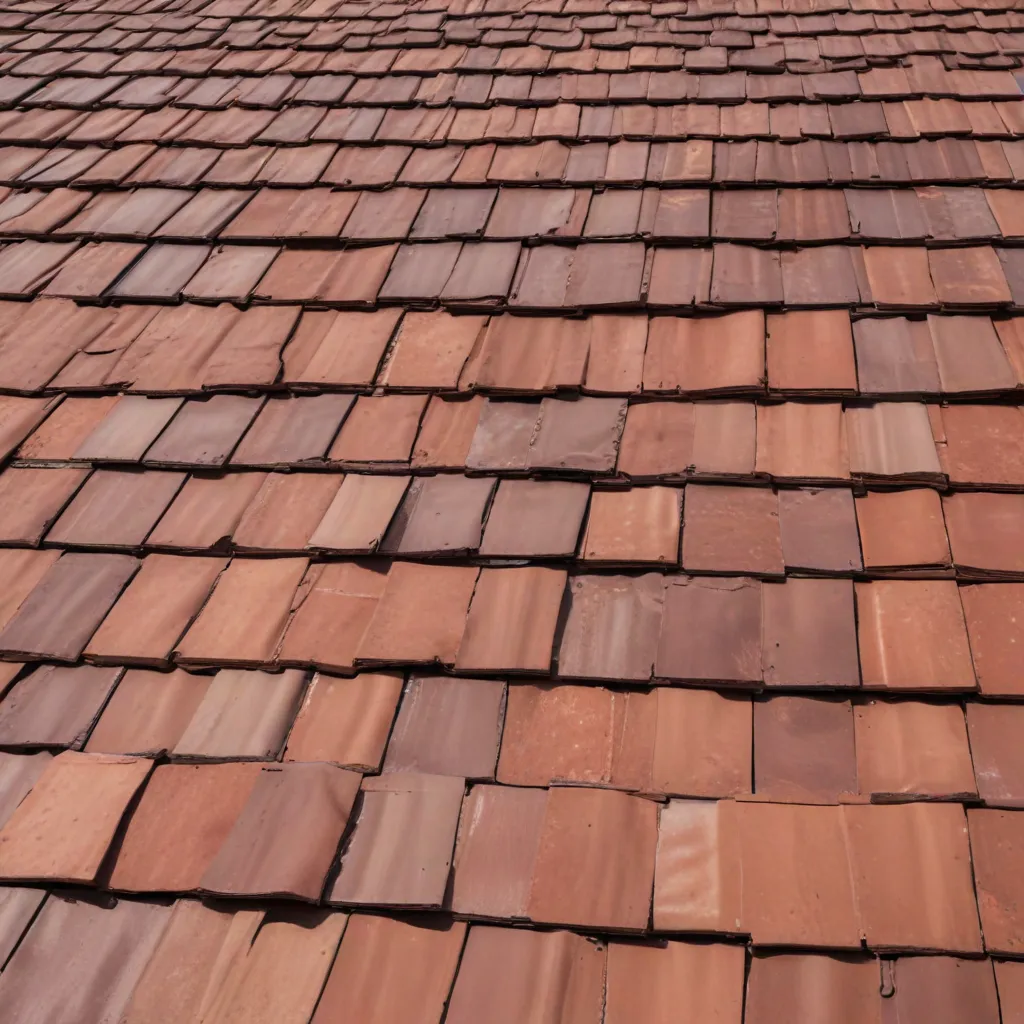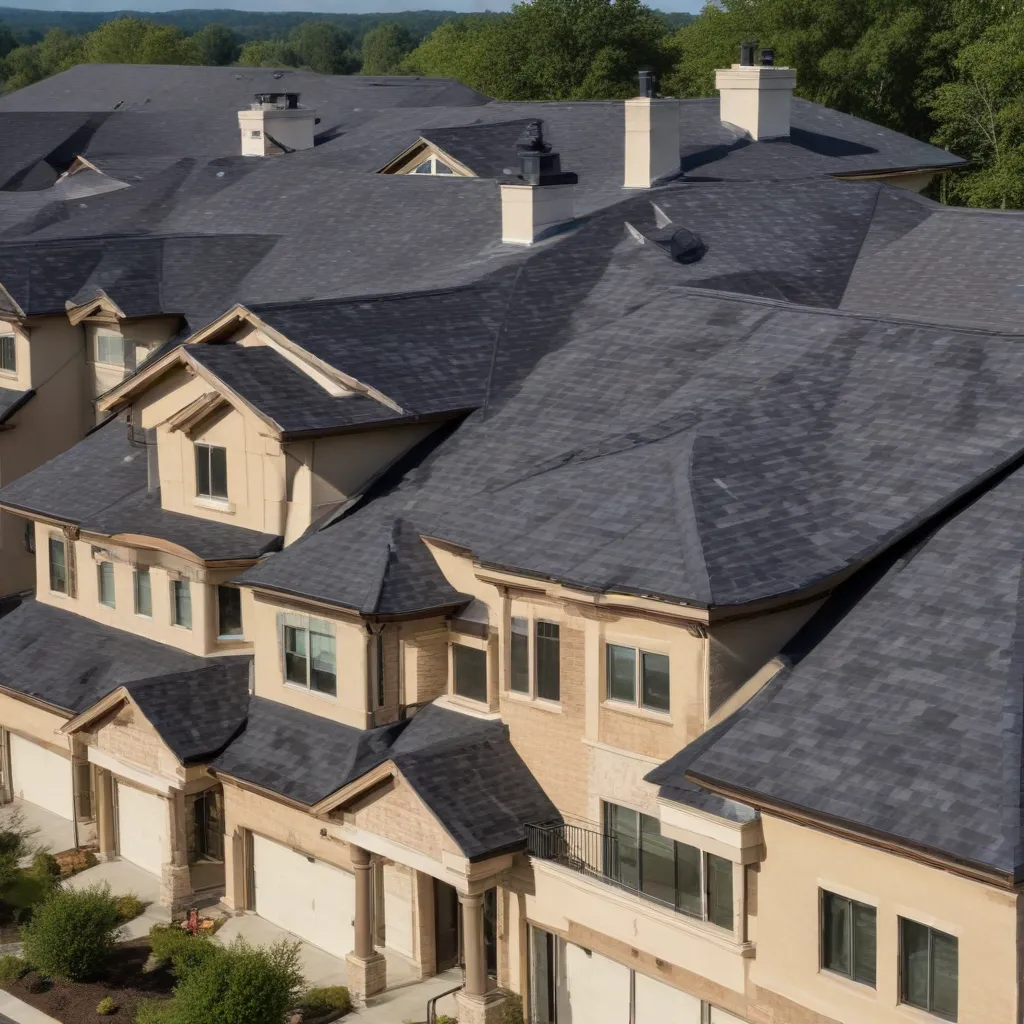
As the roofing industry looks ahead to 2025, the energy landscape and broader economic conditions will have significant implications for the choices and investments homeowners and building owners make when it comes to their roofs. Tile, composite, and metal roofs – as well as the underlying underlayment, insulation, and ventilation systems – all present unique tradeoffs in terms of energy efficiency, durability, and aesthetic appeal.
Renewable Energy Outlook
The renewable energy sector is poised for substantial growth in the coming years. According to the International Energy Agency (IEA), global renewable electricity capacity is expected to increase by almost 60% between 2020 and 2025, led by expansions in solar photovoltaic (PV) and wind power.
This surge in renewable energy will have several important impacts on the roofing industry:
Solar PV Integration: As solar PV systems become more prevalent on residential and commercial rooftops, roofing materials and designs will need to accommodate these energy-generating components. Innovative techniques for integrated solar roof systems will be crucial to maximize energy production while maintaining structural integrity and aesthetic appeal.
Energy Storage Advancements: Complementing the growth in solar and wind, energy storage technologies like lithium-ion batteries and flow batteries are expected to see rapid cost reductions and performance improvements. This will enable buildings to store renewable energy generated on-site, further enhancing the value proposition of rooftop solar and reducing reliance on the grid.
Decarbonization Policies: Governments and corporations are setting increasingly ambitious targets for transitioning to clean energy and reducing carbon emissions. Policies like the Inflation Reduction Act in the United States are driving investments in renewable energy and energy efficiency upgrades – trends that will influence roofing material selection and building design.
Economic Implications
Beyond the energy sector, broader macroeconomic factors will also shape the roofing market in 2025.
GDP Growth and Construction Activity: The Deloitte Center for Energy & Industrials forecasts that the U.S. construction industry is likely to see moderate growth in the medium term, with slowing inflation and a supportive monetary policy environment. This bodes well for roofing demand, as both residential and commercial construction are expected to remain strong.
Inflation and Interest Rates: After a period of elevated inflation, the Federal Reserve is projected to gradually lower interest rates over the next couple of years. This could boost demand for new housing and commercial real estate development, driving increased roofing installations. However, the lingering effects of high costs for materials and labor may still present challenges for the industry.
Commercial and Residential Building Trends: The roofing market will need to adapt to evolving trends in the construction industry. For example, the growth of data centers, semiconductor manufacturing facilities, and other specialized commercial buildings may require specialized roofing solutions to meet their unique needs. In the residential sector, homeowners’ preferences for energy-efficient, storm-resistant, and aesthetically pleasing roofs are likely to shape product innovations and installation practices.
Technological Innovations
Roofing manufacturers and installers will need to stay ahead of the curve when it comes to technological advancements that can enhance the performance, durability, and sustainability of roofing systems.
Sustainable Roofing Materials: The demand for environmentally-friendly roofing options is expected to grow, spurring the development of innovative materials like cool roofs, green roofs, and solar-reflective tiles. These solutions can improve a building’s energy efficiency, reduce the urban heat island effect, and even support urban agriculture.
Advancements in Installation: Roofing installation techniques are also evolving, with the increased use of robotics, prefabricated roof panels, and drones for surveying and monitoring. These technologies can improve productivity, enhance safety, and ensure more precise and consistent installation quality.
Building Information Modeling (BIM): The integration of BIM into the roofing design and construction process will become more widespread, enabling better coordination between architects, engineers, and roofing contractors. BIM can optimize roof system selection, improve material planning, and facilitate the integration of rooftop solar, HVAC, and other building systems.
Market Dynamics
The roofing industry is also facing shifting market dynamics that will influence investment strategies and business models.
Changing Consumer Preferences: Homeowners and commercial building owners are becoming more discerning when it comes to roofing choices. Factors like energy efficiency, storm resilience, low maintenance, and aesthetic appeal are playing a larger role in purchasing decisions. Roofing companies that can effectively communicate the value of their products and services will be well-positioned to capture this evolving demand.
Competition and Consolidation: The roofing industry is likely to see increased competition and consolidation in the coming years. Larger roofing manufacturers and installation companies may pursue strategic acquisitions or mergers to expand their geographic reach, product portfolios, and technological capabilities. This could lead to a more concentrated market, but also drive innovation as companies strive to differentiate themselves.
Emerging Business Models: The roofing industry may also witness the emergence of new business models, such as roofing-as-a-service, where building owners pay a monthly fee for the installation, maintenance, and eventual replacement of their roof. This model can provide a more predictable revenue stream for roofing companies while offering building owners the benefits of a high-performing roof without the upfront capital investment.
Investment Strategies
Given the dynamic nature of the energy and economic landscape, roofing companies and building owners will need to carefully evaluate their investment strategies to maximize returns and mitigate risks.
Risk Assessment: Roofing companies should thoroughly assess market risks, including the potential impact of volatile energy prices, supply chain disruptions, labor shortages, and changing customer preferences. Diversifying their product offerings and geographic footprint can help spread risk and capture a broader range of opportunities.
Return Optimization: Identifying high-potential roofing segments, such as cool roofs, solar-integrated systems, and storm-resistant roofing, can help roofing companies and investors focus their resources on the most promising areas. Carefully analyzing regional and local market trends, as well as government incentives and policy changes, can inform these strategic investment decisions.
Strategic Partnerships: Collaboration between roofing companies, renewable energy providers, and construction firms can create synergies and unlock new revenue streams. For example, partnerships to offer integrated roofing and solar solutions can provide a compelling value proposition for customers while leveraging the strengths of each partner.
As the energy and economic landscape continues to evolve, the roofing industry must stay nimble and proactive in addressing the challenges and opportunities ahead. By embracing technological innovations, adapting to changing market dynamics, and aligning their investment strategies with the broader trends, roofing companies can position themselves for success in the years to come.

